Nonphotosynthetic, heterotrophic marine organisms are often-overlooked microbial agents in the aquatic environment
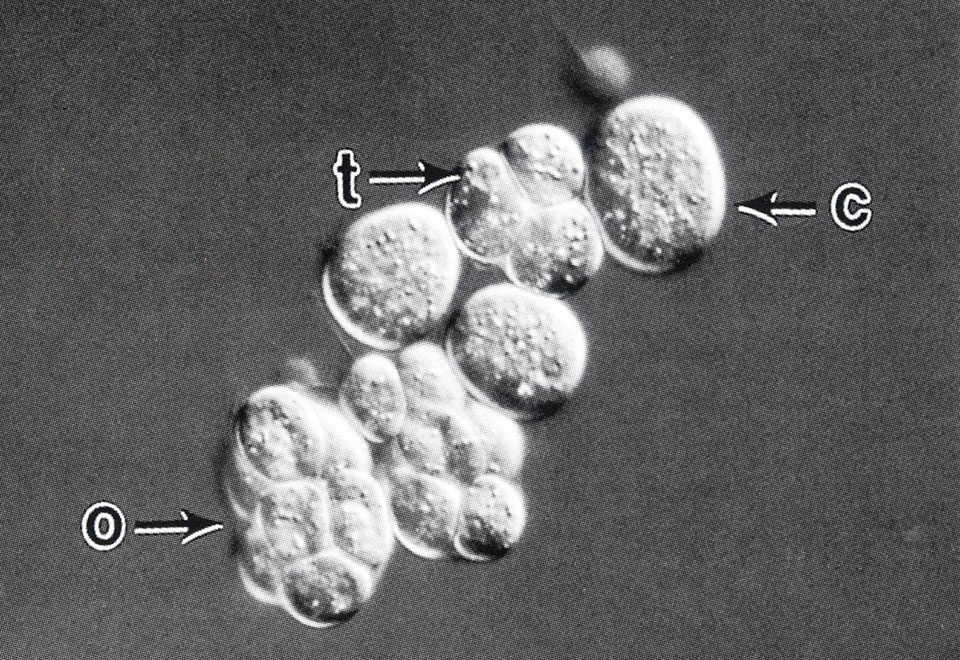
Larval production is a continuous bottleneck in the culture of marine fish species, and one important challenge in aquaculture is the development of larval feeds. Given the high growth rates and health maintenance of marine fish larvae, it is essential that their nutritional requirements be fully met.
The larvae of many marine fish are reported to require high amounts of polyunsaturated fatty acids (PUFAs) of the omega-3 series, such as eicosapentaenoic acid (EPA) and docosahexaenoic acid (DHA). These fatty acids are commonly derived from fish oils, which are byproducts of pelagic fisheries.
However, due to dwindling fisheries resources that result in increasing market prices for fish oils, alternative sources of fatty acids are now being tapped. These include single-celled eukaryotes like dinoflagellates and microalgae, and more recently, stramenipilous thraustochytrids, which are reported to produce high amounts of fatty acids, particularly DHA.
Thraustochytrids and their habitats
Thraustochytrids are a group of nonphotosynthetic, heterotrophic marine organisms previously classified under the kingdoms Fungi and Chromista. At present, they are classified under the Stramenopila kingdom, together with the oomycetes and labyrinthulids.
A typical characteristic of these organisms is the presence of monocentric thalli with noncellulosic cell walls mainly composed of L-galactose. They possess ectoplasmic nets used for attachment and also thought to be the site of organic degradation through enzyme secretion. Thraustochytrid cells range 5 to 20 µm in size. They produce heterokont biflagellate zoospores as a mean of asexual reproduction.
Thraustochytrids are commonly isolated from a wide range of marine and estuarine habitats, including the water column and marine sediments. They colonize littoral algae and seaweeds, some invertebrates and fallen mangrove leaves. The most common genera isolated from marine and estuarine habitats are Thraustochytrium and Schizochytrium. Although some species are reported pathogens of some marine plants and animals, many are only saprobes or epibionts that obtain nutrients from decaying materials.
In mangrove habitats, thraustochytrids play an important role in the degradation of leaf materials, thereby enriching the nutrient content of the leaves with their biomass. This process converts plant debris into nutritious forms available for consumption of organisms in higher trophic levels, making mangroves a good nursery ground for many fish and crustacean species.
Fatty acid production
Microbes in general are being tapped as potential alternative sources of fatty acids for both commercial and industrial use. Compared to fish oils, microbes can provide a stable supply of fatty acids that can be easily mass produced, a less fishy smell, and highly purified DHA and other PUFAs.
The thraustochytrids are now considered a good source of fatty acids. The high proportion of DHA in the total lipid contents of these organisms and the relatively low amount of structurally related PUFAs could simplify the downstreaming processing of DHA, which is one of the problems in utilizing fish oils as a DHA source.
Reports show that the total lipid production of several species of Schizochytrium and Thraustochytrium range 16 to 50 degrees of the dry weight biomass. Of the total lipid produced, DHA accounts for 30 to 60 degrees, depending on the species and culture conditions used. Table 1 shows the fatty acid production of some thraustochytrid species isolated from marine and estuarine habitats.
Leaño, Production of docosahexaenoic acid, Table 1
| Species | DHA Production (mg/L) | Reference* |
|---|
Species | DHA Production (mg/L) | Reference* |
|---|---|---|
| Schizochytrium mangrovei | 1,400 | Leaño et al. (2003) |
| 2,170 | Bowles et al. (1999) | |
| 3,094 | Fan et al. (2001) | |
| S. limacinum | 13,300 | Yaguchi et al. (1997) |
| 4,700 | Nakahara et al. (1996) | |
| 4,000 | Yokochi et al. (1998) | |
| Thraustochytrium roseum | 1,061 | Sing and Ward (1996) |
| 841 | Li and Ward (1994) | |
| T. aureum | 270 | Bajpaj et al. (1991) |
Aquaculture potential
In nature, the thraustochytrid cells are thought to serve as an important food source for picoplankton-feeders, including protozoans, dinoflagellates and filter-feeding bivalves. As such, thraustochytrids can significantly enhance the whole efficiency of the marine microbial food chain.
The high production of DHA by these organisms has garnered interest in their utilization in aquaculture, especially in larval nutrition. Several studies have shown the successful enrichment of Brachionus sp. and artemia nauplii using freeze-dried cells of thraustochytrids, which resulted in high DHA content for these larval foods.
PUFA-enriched Brachionus and artemia reportedly increase the growth and survival of many marine fish larvae. At present, commercial preparations of feed supplements enriched with DHA from Schizochytrium sp. are available for aquaculture use.
Conclusion
Thraustochytrids are one of the overlooked microbial agents in the aquatic environment. Only recently, attention has been given to this group of organisms because of their high lipid contents, particularly PUFAs. With the continuously decreasing resources for traditional fish oils as PUFA sources for aquaculture, thraustochytrids offer a promising alternative and stable source for heterotrophic fatty acid production. As such, studies on the screening of high lipid-producing strains and optimization of culture conditions for maximum biomass and lipid production are being undertaken.
(Editor’s Note: This article was originally published in the February 2004 print edition of the Global Aquaculture Advocate.)
Now that you've reached the end of the article ...
… please consider supporting GSA’s mission to advance responsible seafood practices through education, advocacy and third-party assurances. The Advocate aims to document the evolution of responsible seafood practices and share the expansive knowledge of our vast network of contributors.
By becoming a Global Seafood Alliance member, you’re ensuring that all of the pre-competitive work we do through member benefits, resources and events can continue. Individual membership costs just $50 a year.
Not a GSA member? Join us.
Authors
-
Eduardo M. Leaño, Ph.D.
Postdoctoral Research Fellow
National Taiwan Ocean University
2 Pei-Ning Road
Keelung 202, Taiwan -
I Chiu Liao, Ph.D.
Chair Professor
National Taiwan Ocean University
National Pingtung University of Science and Technology
Keelung, Taiwan
Tagged With
Related Posts
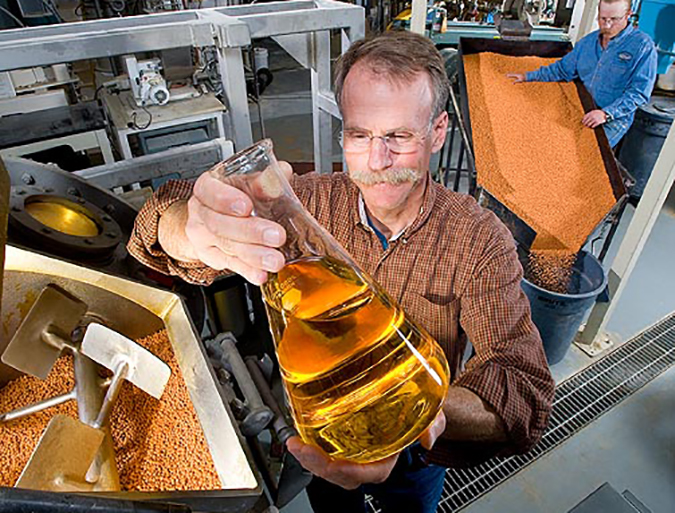
Aquafeeds
Aquaculture Exchange: Rick Barrows
After 14 years with the USDA’s Agricultural Research Service, Rick Barrows talks about the importance of finding ‘complete’ and commercially viable alternative sources of omega-3 fatty acids and continuing innovation in the aquafeed sector.
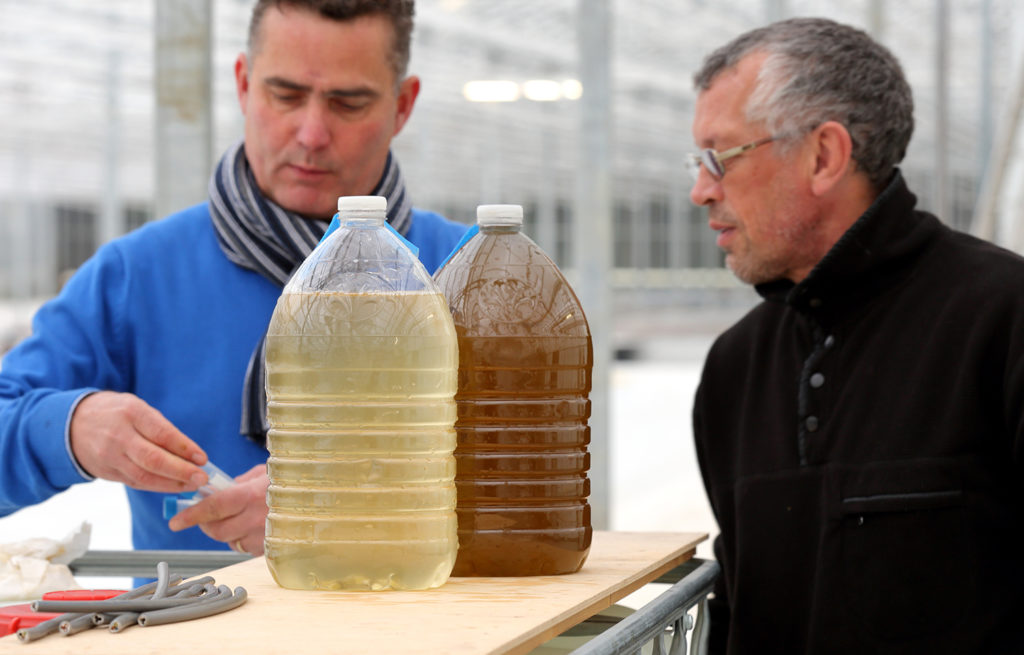
Innovation & Investment
Algae innovators aim to freeze out early-stage shrimp losses
A greenhouse in Belgium believes its innovative shrimp feed product, made from freeze-dried microalgae, packs the necessary nutrients for the crustacean’s most vulnerable life stage: the first three days of its life.
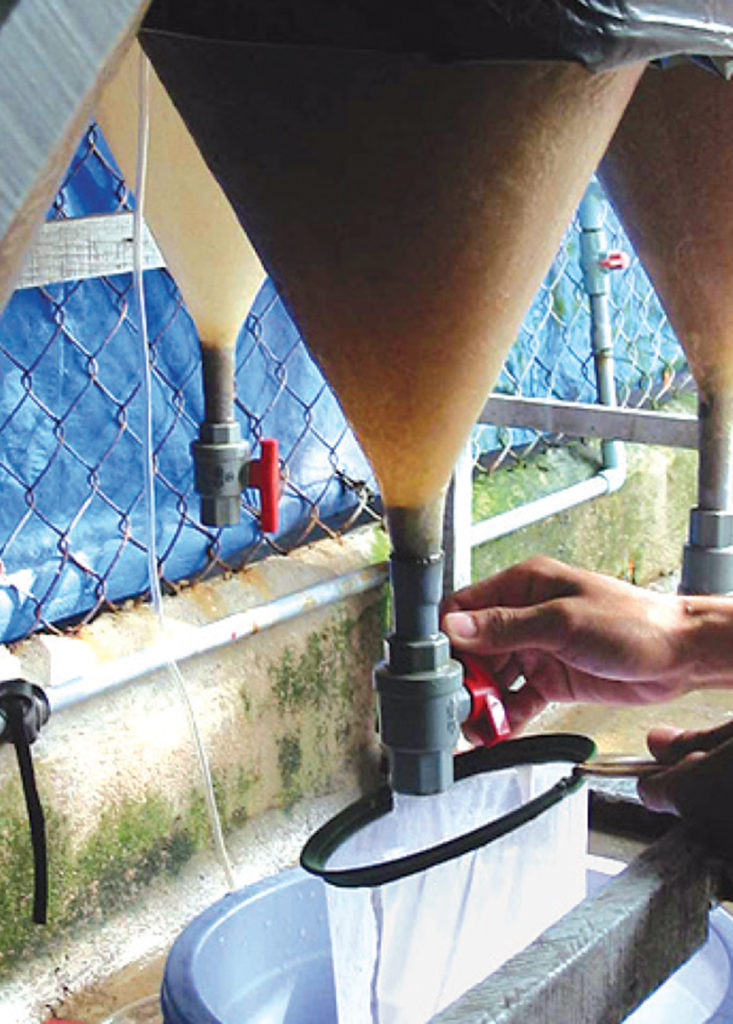
Aquafeeds
Artemia replacement diets for penaeid shrimp
At shrimp hatcheries, artemia replacement diets are used to replace live artemia, but complete replacement in commercial conditions remains a challenge.
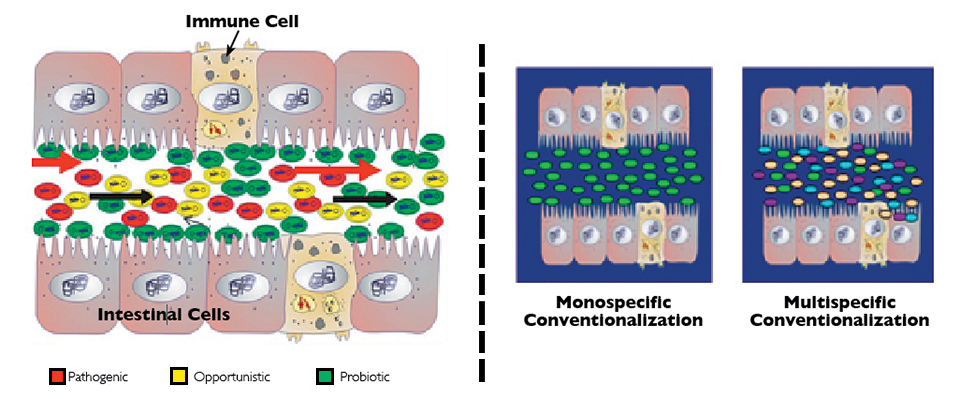
Health & Welfare
Domestication of gut microbiota can improve shrimp aquaculture
In studies, bacteria and yeasts isolated from the native microbiota of wild shrimp at larval, juvenile and adult life stages were administered to early-stage shrimp via the culture water.


